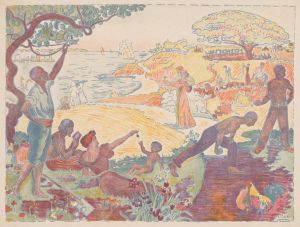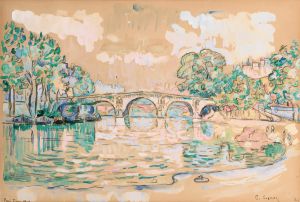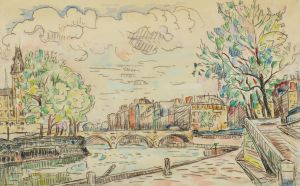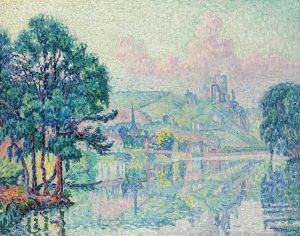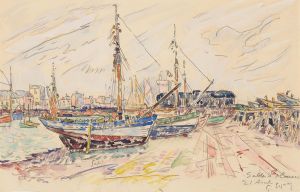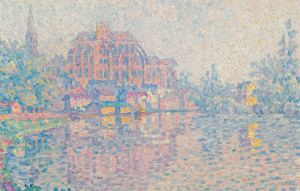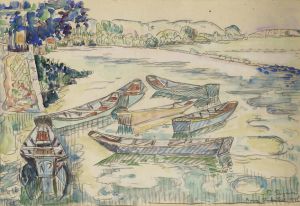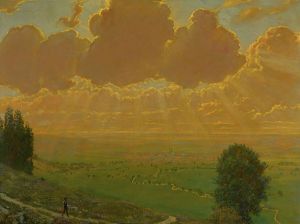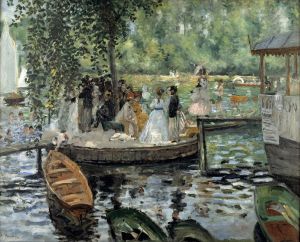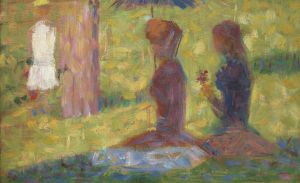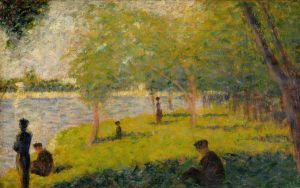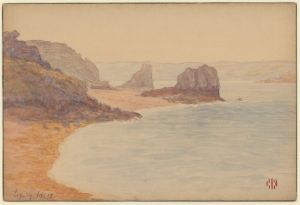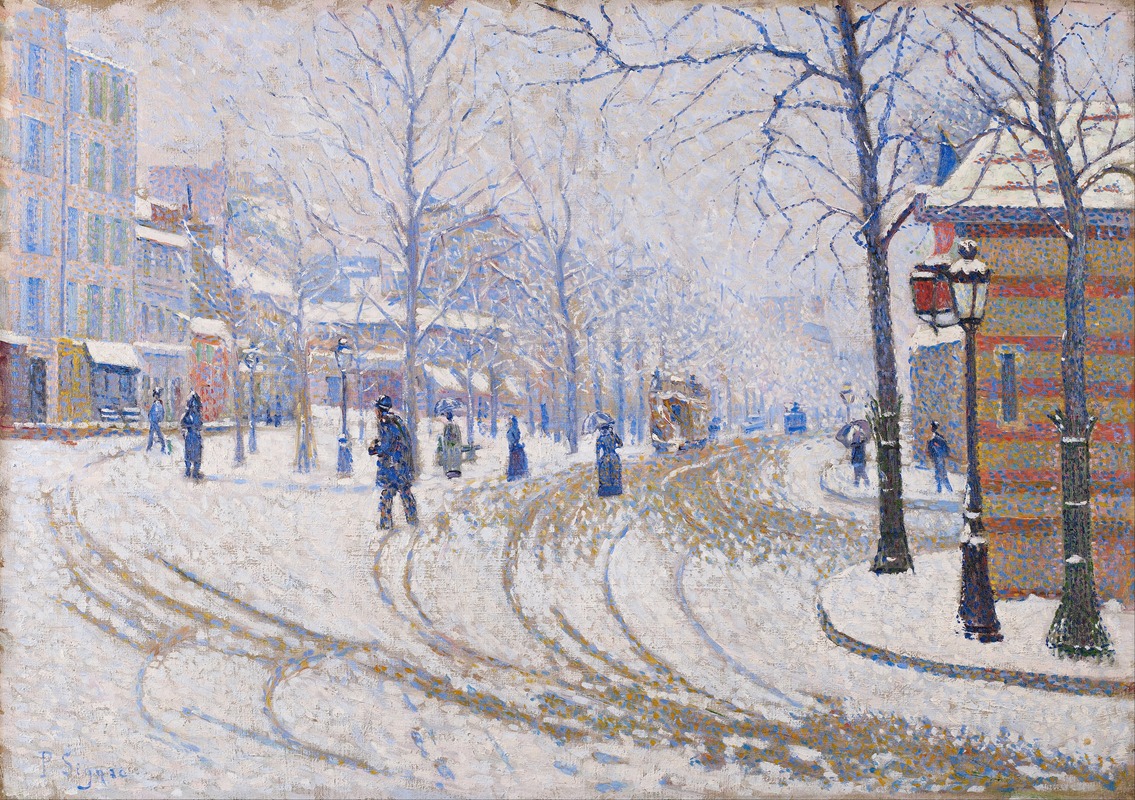
Snow, Boulevard de Clichy, Paris
A hand-painted replica of Paul Signac’s masterpiece Snow, Boulevard de Clichy, Paris, meticulously crafted by professional artists to capture the true essence of the original. Each piece is created with museum-quality canvas and rare mineral pigments, carefully painted by experienced artists with delicate brushstrokes and rich, layered colors to perfectly recreate the texture of the original artwork. Unlike machine-printed reproductions, this hand-painted version brings the painting to life, infused with the artist’s emotions and skill in every stroke. Whether for personal collection or home decoration, it instantly elevates the artistic atmosphere of any space.
Paul Signac's painting Snow, Boulevard de Clichy, Paris is a notable example of the artist's work during his Neo-Impressionist period. Painted in 1886, this artwork reflects Signac's interest in capturing urban scenes and his commitment to the principles of Pointillism, a technique developed by Georges Seurat. Pointillism involves the application of small, distinct dots of color that, when viewed from a distance, blend together to create a cohesive image.
The painting depicts the Boulevard de Clichy, a well-known street in the Montmartre district of Paris, during a snowy day. This area was a hub for artists and intellectuals in the late 19th century, and its vibrant cultural atmosphere likely influenced Signac's choice of subject. The snow-covered street, rendered in a palette of cool tones, conveys a sense of quiet and stillness, contrasting with the bustling energy typically associated with Parisian boulevards. The use of Pointillist technique enhances the atmospheric quality of the scene, as the interplay of light and color evokes the shimmering effect of snow under diffused light.
Signac was a key figure in the Neo-Impressionist movement, which sought to apply scientific theories of color and optics to art. He was deeply influenced by Seurat, whose groundbreaking painting A Sunday on La Grande Jatte had been exhibited in 1886, the same year Signac created Snow, Boulevard de Clichy, Paris. While Seurat focused on large-scale compositions, Signac often explored more intimate scenes, such as this depiction of an urban landscape.
The painting is significant not only for its technical execution but also for its documentation of a specific moment in Parisian history. The late 19th century was a period of rapid modernization and urban transformation in Paris, and artists like Signac sought to capture the changing character of the city. By choosing a winter scene, Signac highlights the interplay between nature and the urban environment, a theme that recurs in many of his works.
Today, Snow, Boulevard de Clichy, Paris is recognized as an important example of Signac's early adoption of Pointillism and his ability to convey mood and atmosphere through color and composition. The painting is held in a private collection and is occasionally featured in exhibitions dedicated to Neo-Impressionism and the works of Paul Signac.





